Quick Tip
A collection of 58 posts

Show Progress of dd Command
This little trick lets you see the file transfer progress with the dd command.
· Abhishek Prakash

Find mtime of File in Linux
See when was the file last modified with mtime in Linux.
· Sagar Sharma

How to Find Current User Account in Linux
Here's a quick tip about getting the current user detail in Linux command line.
· Sagar Sharma

How to Start systemd Services on Boot
Learn to automatically start systemd services at boot time in this quick Linux tip.
· Sagar Sharma
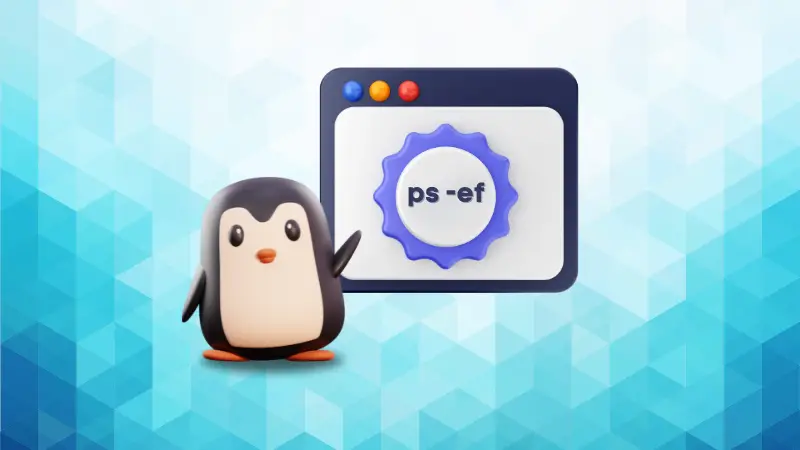
ps -ef Command Examples
The ps command coupled with the ef flag gives you all the processes running on the system along with addition details.
· Sagar Sharma
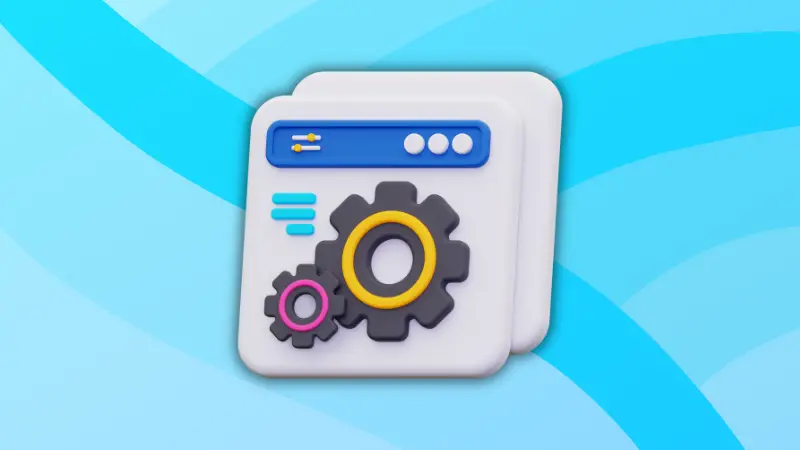
Use Systemctl Status Command to Check Service Status
Learn how to check and understand the status of a systemd service using the systemctl command.
· Sagar Sharma

Suspend and Resume Processes in Linux
Learn how to suspend a running process in the Linux command line. Also learn how to resume a stopped process.
· Sagar Sharma

Delete All Files of a Directory in Linux
Here is a quick Linux command tips on deleting the contents of a directory, not the directory itself.
· Abhishek Prakash
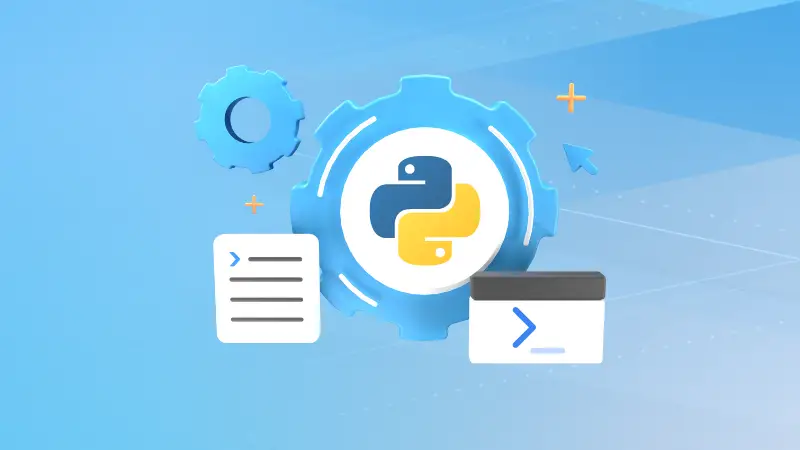
Run Python Scripts in Linux Command Line
This quick tip shows how to run Python programs from the Linux command line.
· Pratham Patel

Force Linux User to Change Password at Next Login
Think the passwords need to be changed by a certain user? Here's how to force a Linux user to change the password at the next login.
· Sagar Sharma
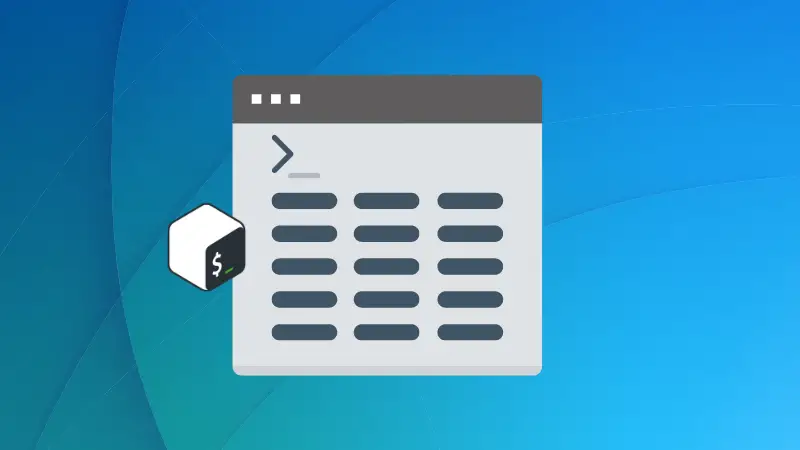
Sort by Column in Bash
Learn various examples of sorting data by columns in bash scripts and Linux command line.
· Sagar Sharma

Kill Process Running on a Specific Port
Want to kill the processes running on specific ports? No need to know the process ID or name. You can terminate a process based on the port number it is using.
· Abhishek Prakash

How to Find Open Ports and Close Them in Linux
Troubleshooting networks? Here's how to find the open ports and close those open ports in the Linux command line.
· Sagar Sharma
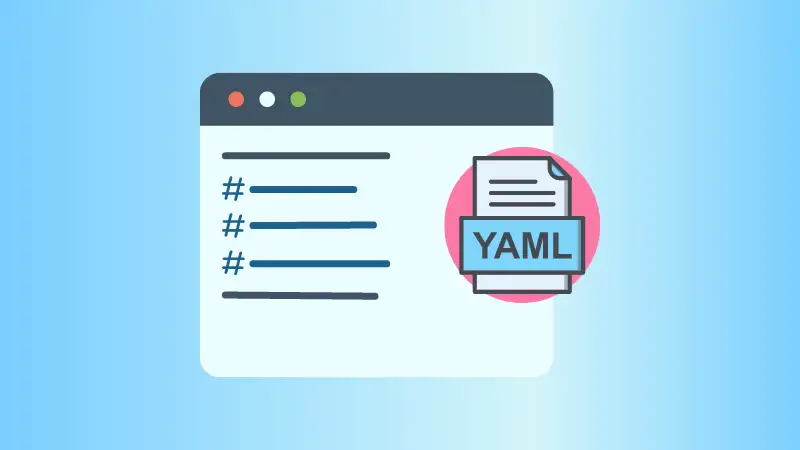
How to Add Comments in YAML
New to YAML? See how to add single-line, inline comments in YAML. Also learn about commenting out multiple lines quickly.
· Sagar Sharma
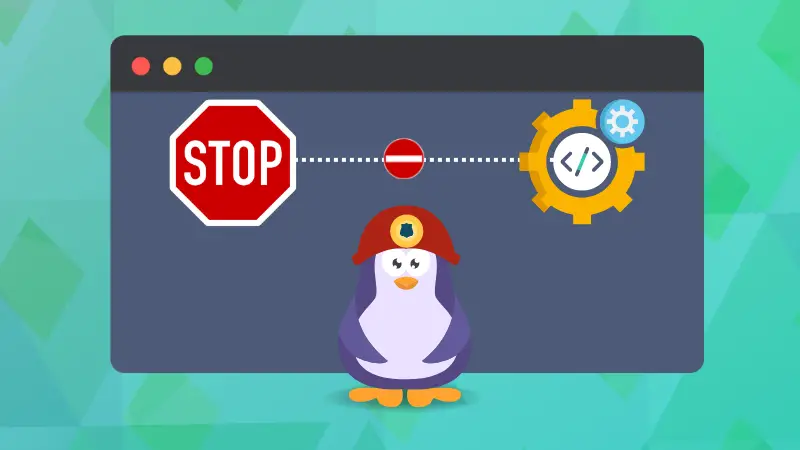
How to Use SIGINT and Other Termination Signals in Linux
Terminating executing process is more than just kill -9. Here are some of the prominent termination signals and their usage.
· Sagar Sharma
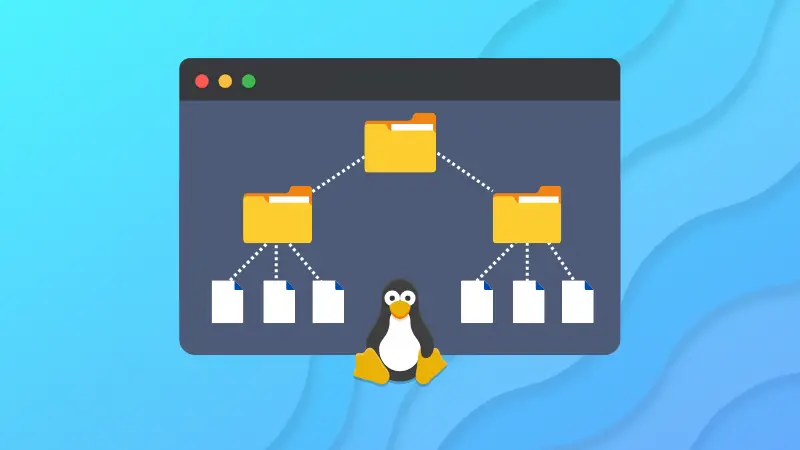
How to List Files Recursively in Linux command line
Want to list files recursively and see the contents of all the subdirectories in Linux? Here's how you can do that.
· Sagar Sharma
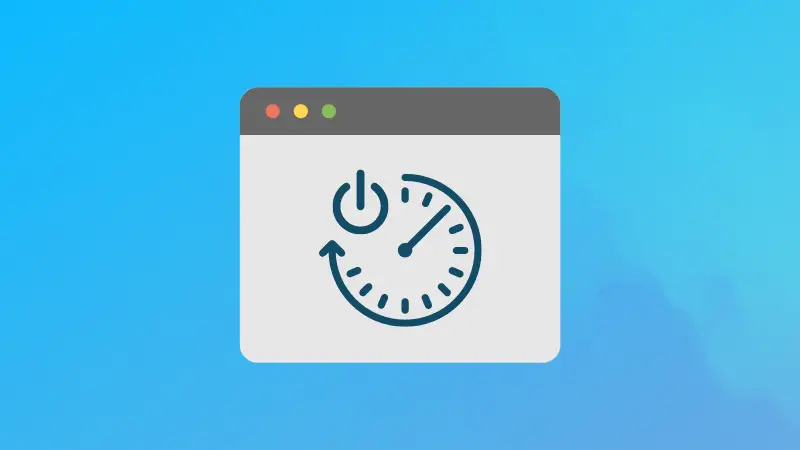
How to Start, Stop and Restart Cron Jobs
Troubleshooting cron related issues? Starting and stopping cron jobs could help. Here's how to do that.
· Abhishek Prakash

How to Do a UDP Ping
Learn two ways of doing a UDP ping in Linux with nmap and netcat commands.
· Abhishek Prakash
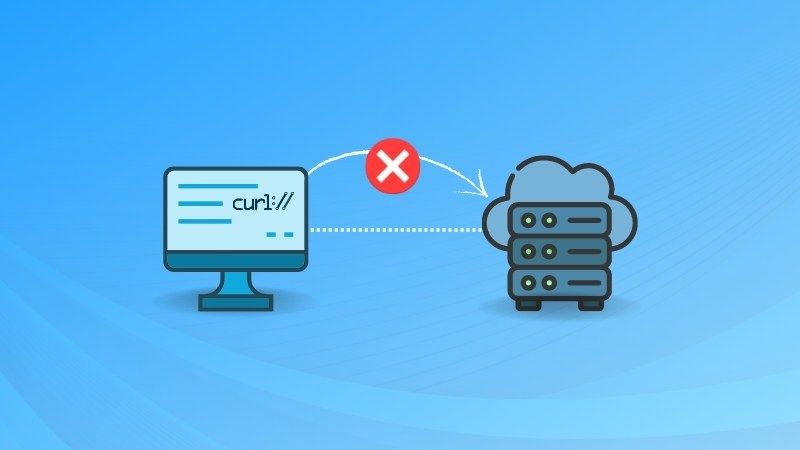
How to Send a DELETE Request With curl
Here are practical examples and demonstrations of sending DELETE requests with Curl.
· Sagar Sharma

Find Files by Name in Linux
Finding files by their name is one of the most common scenarios of finding files in Linux. Here are a few examples to help.
· Abhishek Prakash

Merge Files in the Linux Command Line
Learn various ways of merging multiple files into another file in the Linux command line.
· Sagar Sharma

Ignore SSL Certificate Error with cURL
Getting an expired certificate error while downloading files with curl? Here's how to ignore it.
· Sagar Sharma
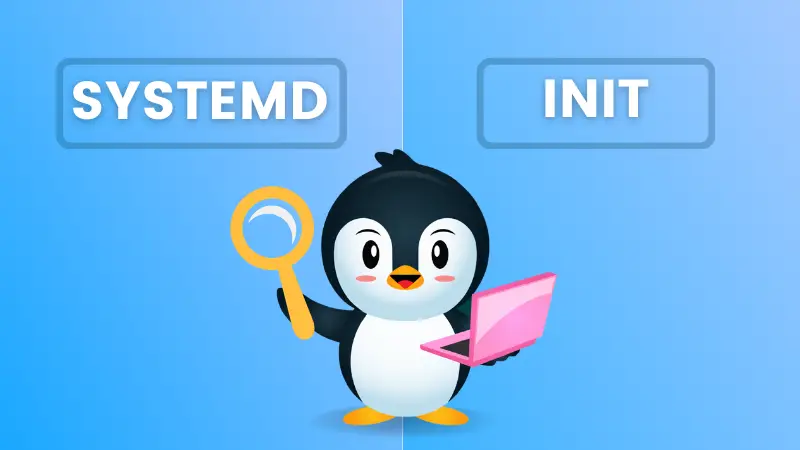
How to Know if You Are Using Systemd or Some Other Init in Linux
Is your Linux system using systemd or sysv or some other init system? Here's how to find out.
· Abhishek Prakash

How to Change IP Address in Linux
Learn different ways of changing the IP address in Linux. Also learn how to make the changes [ermanent.
· Abhishek Prakash

Sort ls Command by Date and Time
Looking for modified files? Learn how you can sort the output of the ls command by date and time.
· Abhishek Prakash

Get Absolute File Path in Linux
Here are different ways to get the absolute file paths in Linux command line.
· Abhishek Prakash
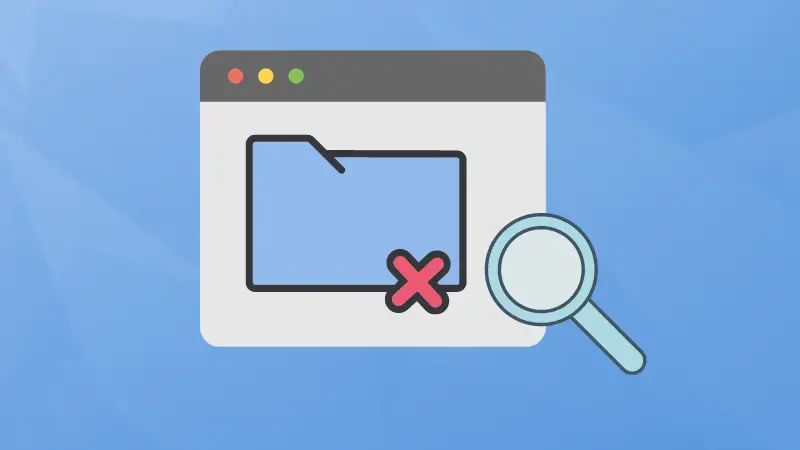
Exclude Directories While Using Find Command
By default, find command searches in the specified directory and all its subdirectories. You can refine your search by excluding directories while using find command.
· Sagar Sharma

How to Search in Less Command
The less command is excellent for reading large text files. It also allows you to search for text in it. Here's what you need to know about searching in less.
· Abhishek Prakash
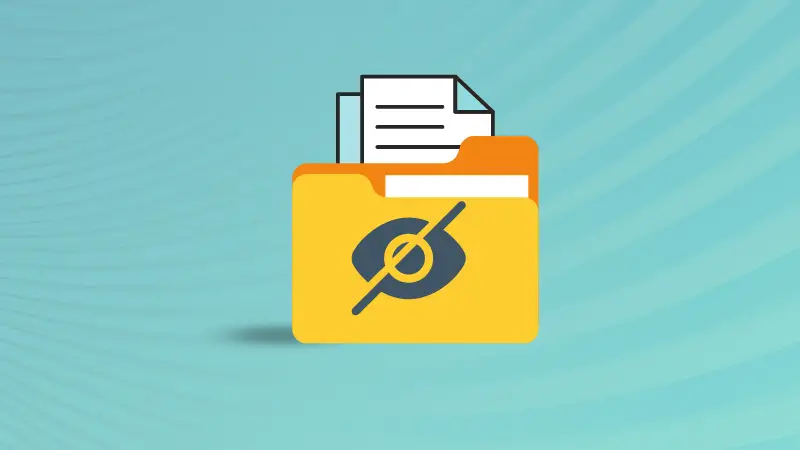
Show Hidden Files With ls Command in Linux
By default, the ls command does not show hidden files and directories. They are hidden from normal view. Here's how to show them.
· Abhishek Prakash

Find Empty Directories in Linux Command Line
Here are a few examples of finding and deleting empty directories in the Linux command line.
· Sagar Sharma